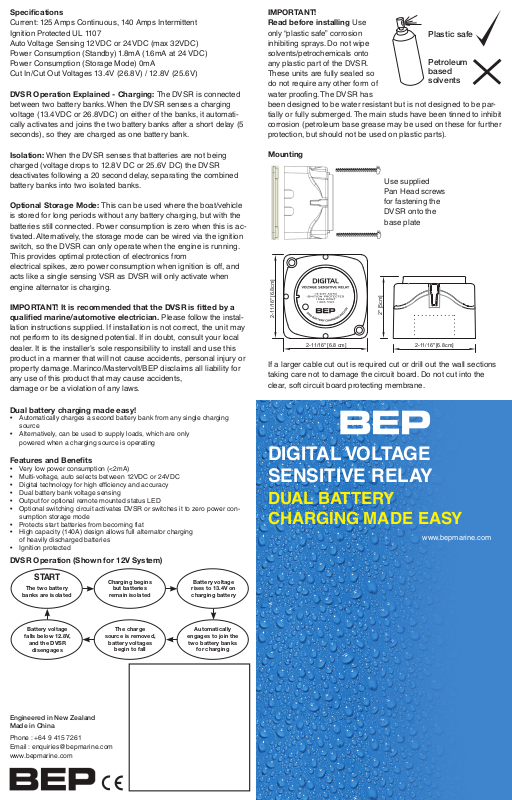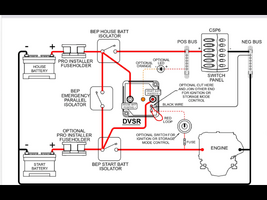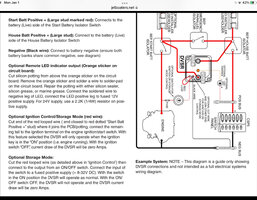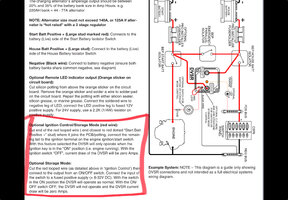Why are you defending the dvsr so much? Are you a dvsr salesman? hahahahaha.
It's OK if you all want to retain the dvsr. I'm sorry I picked on it, it's a wonderful device.
Edit...
Ok I just went out to my shop and looked at that dvsr. Despite it clearly saying "Digital" on it, it's not a diode or mosfet switch, it does actually have a solenoid in it. So I was wrong in my assumption of it not passing cranking amperage, it would have. So FOR ME, I preferred to use a dedicated simple solenoid with no delays in it vs the dvsr. I mean at that point with lithium batteries, you're not using the voltage sensing functions of the dvsr anyway, you're just using it as a simple relay or solenoid.
For those doing a lithium battery swap, feel free to use the dvsr. But again, only after doing the red wire mod, which I seem to remember posting about myself like 8 years ago on here. You attacked my knowledge, but you may find I was the one years ago who was coming up with stuff like this and the Connex battery display issue. Maybe you should take a gander at my ancient post history...
Post I made on here from 2017 when I figured out the Connex voltage issue myself. It had been figured out before me but I didn't know it. My fix ended up being much easier than what was previously found...
Next was figuring out why the Connext display wasn't reading both batteries. I had an idea of how they would wire the display, I expected they took one of the voltages internally and the other had to come in by a separate sense wire. I found a small gauge red wire hooked to the battery isolators and disconnected it. YES! One of the voltages stopped reading. It was hooked to the same battery as the display itself was hooked to, the house battery. Idiots! I hooked that sense wire to the starter battery and guess what? The Connext display now reads both batteries. Amazing. haha. Not really. Just another example of the shoddy workmanship at the dealer prep level and also the boat assembly level. Pretty disappointing.
So if your Connext display doesn't read both batteries, simply move the little red wire from the house battery to the starter battery.
The Connext display will read the house battery as "System" since that's what it's getting it's power from. The starter battery will be the "Auxiliary" battery voltage.




